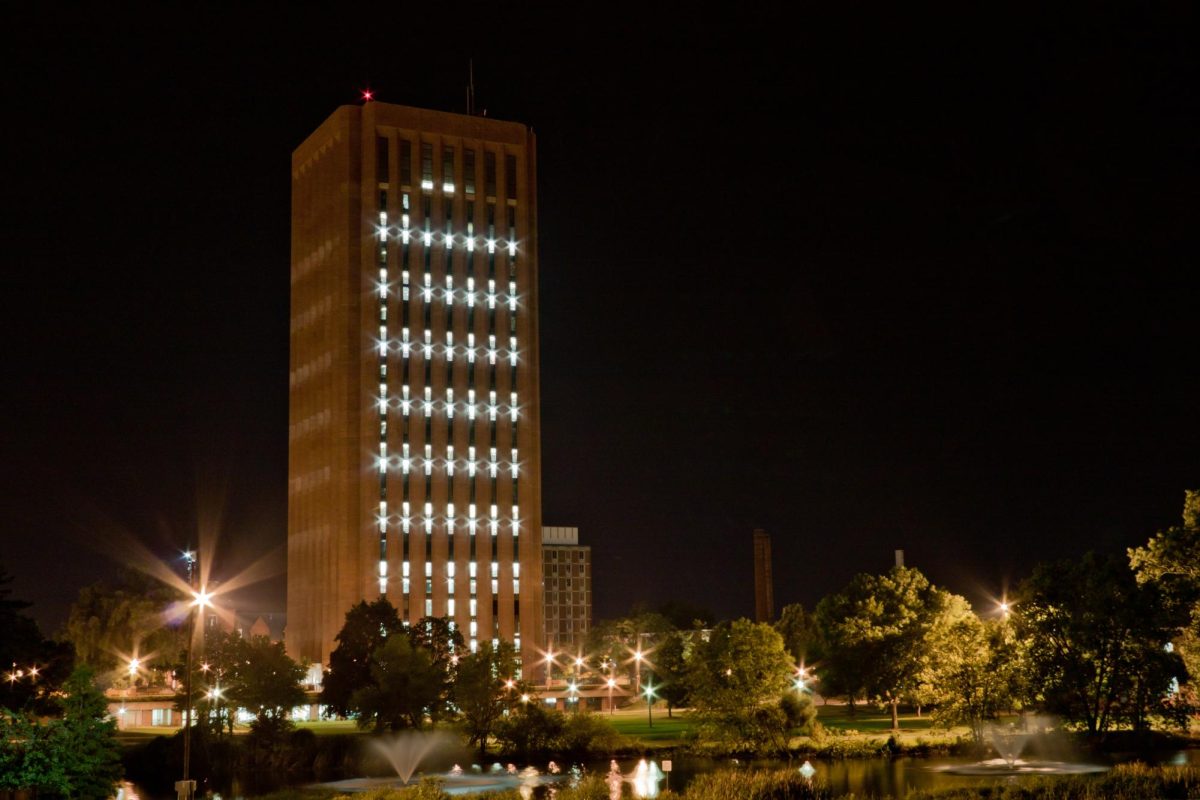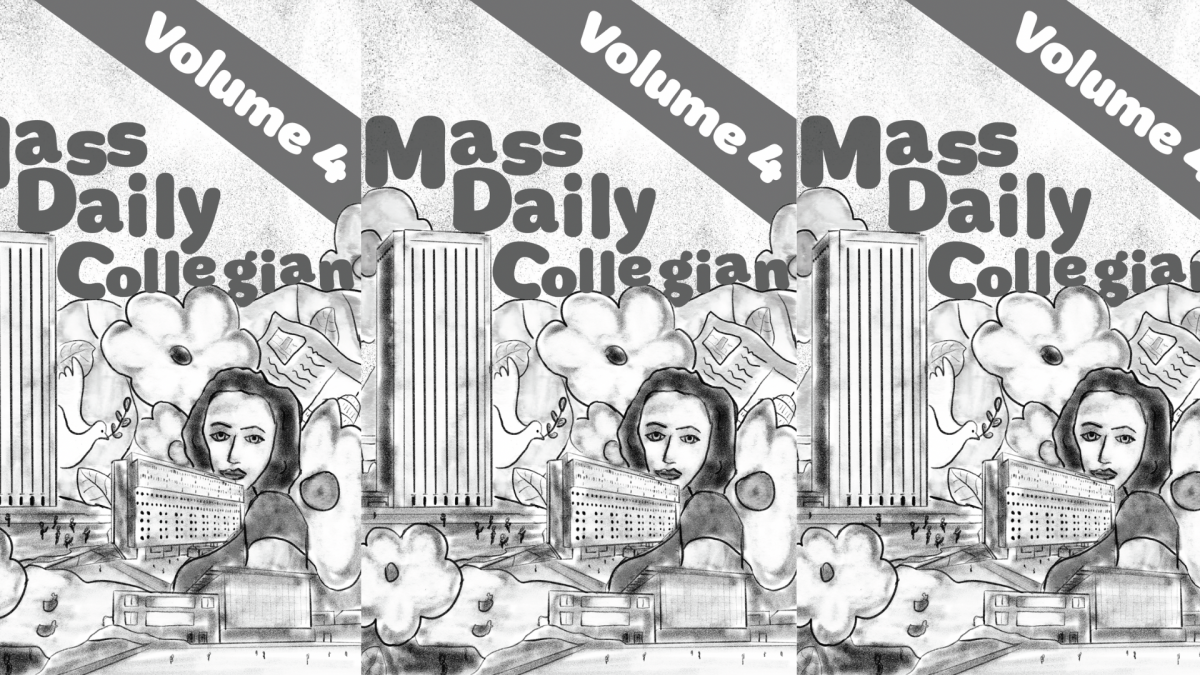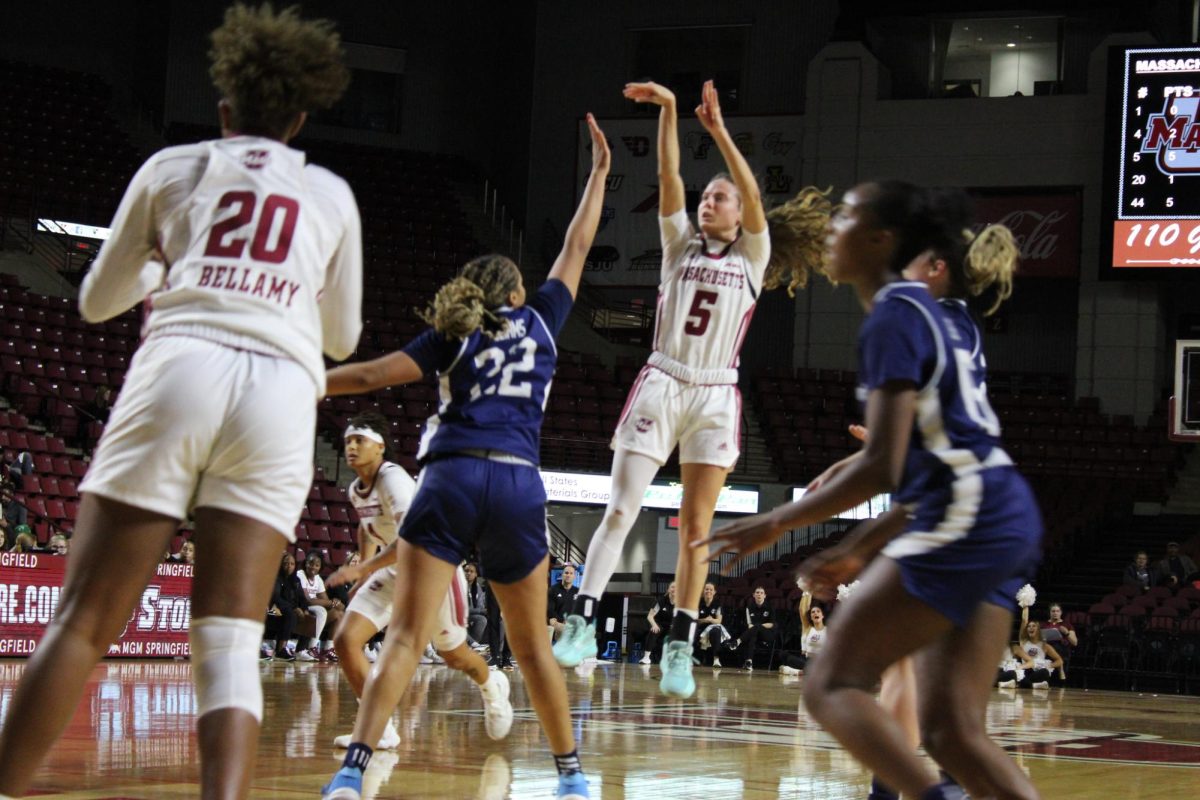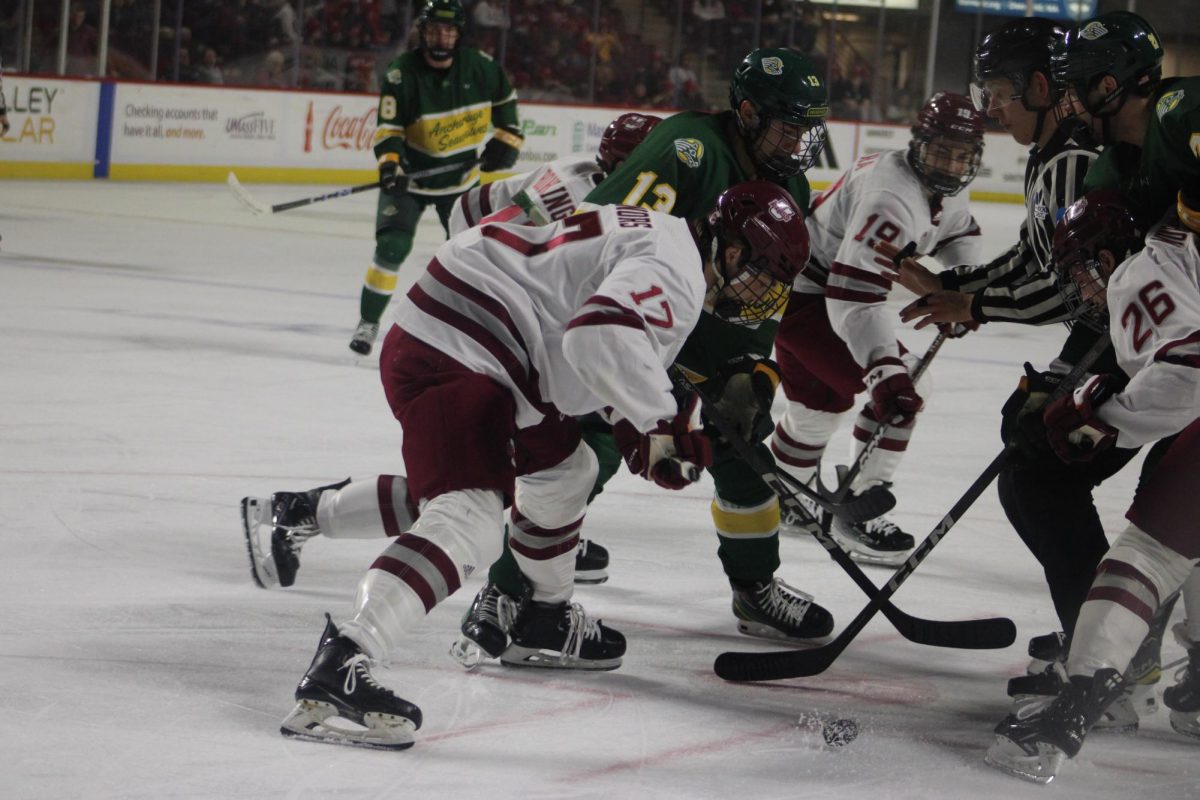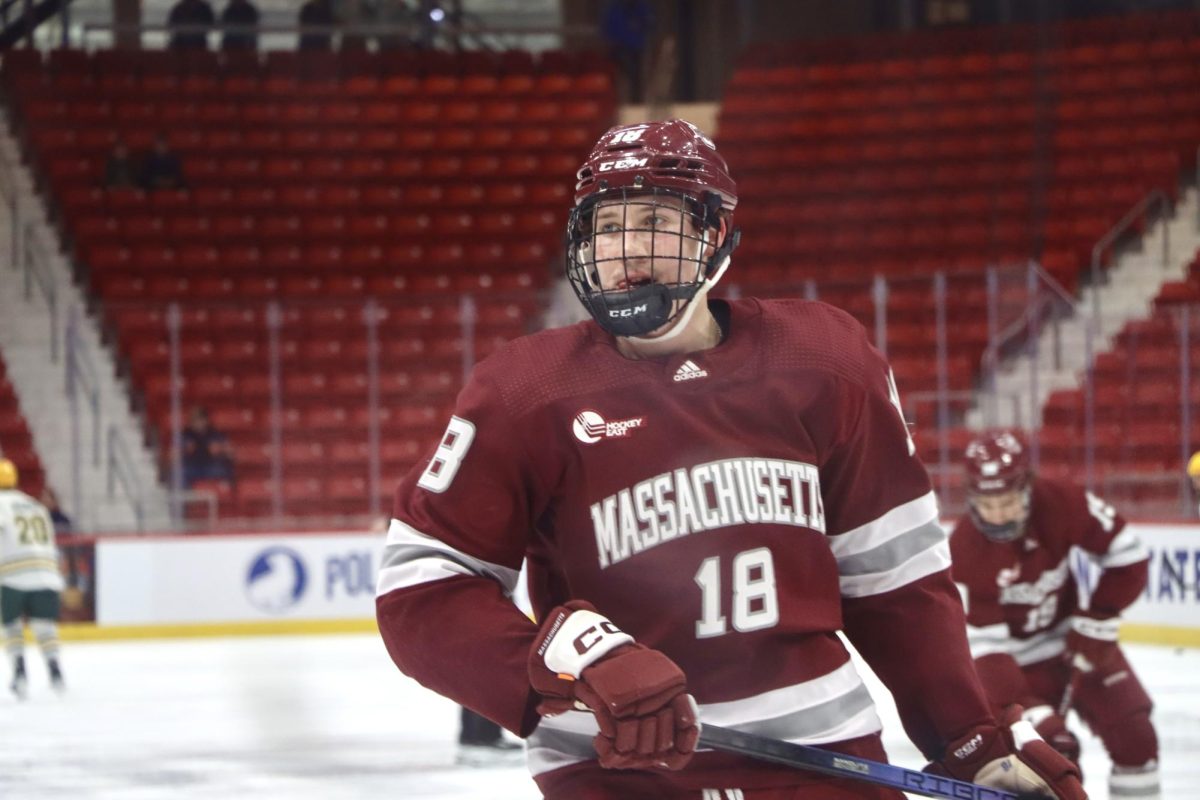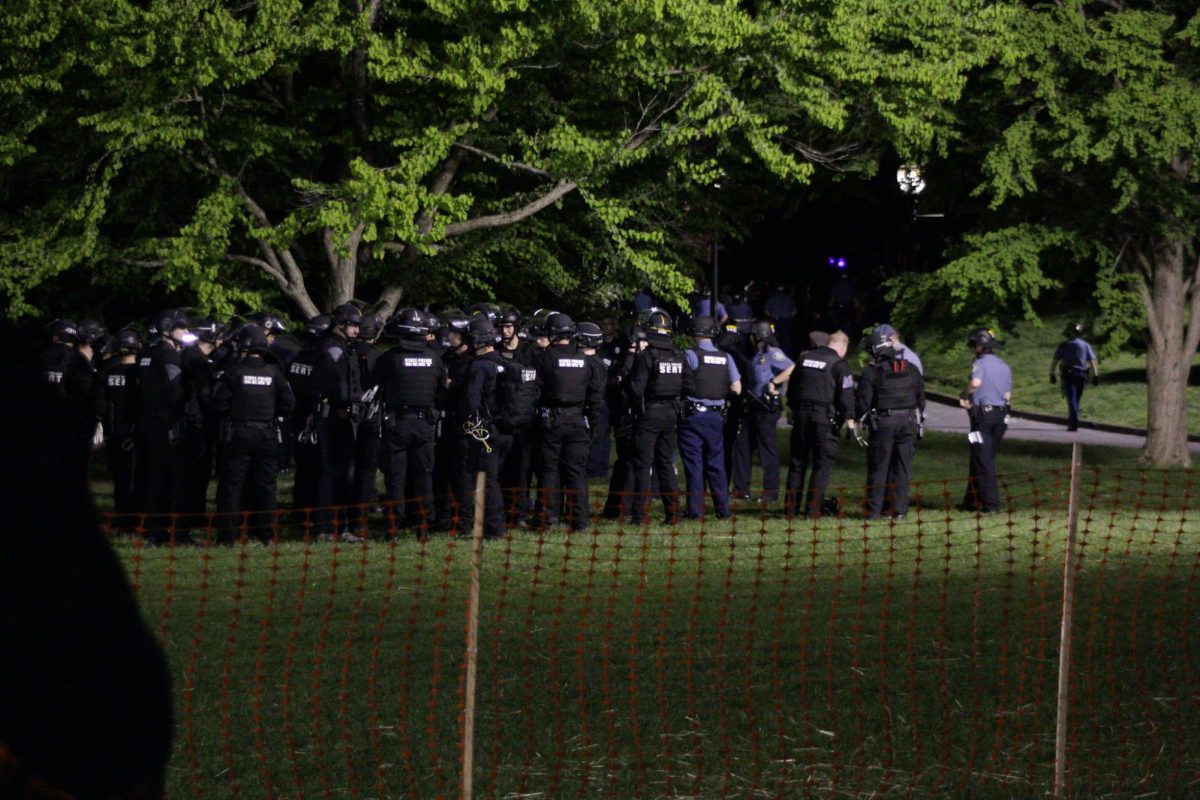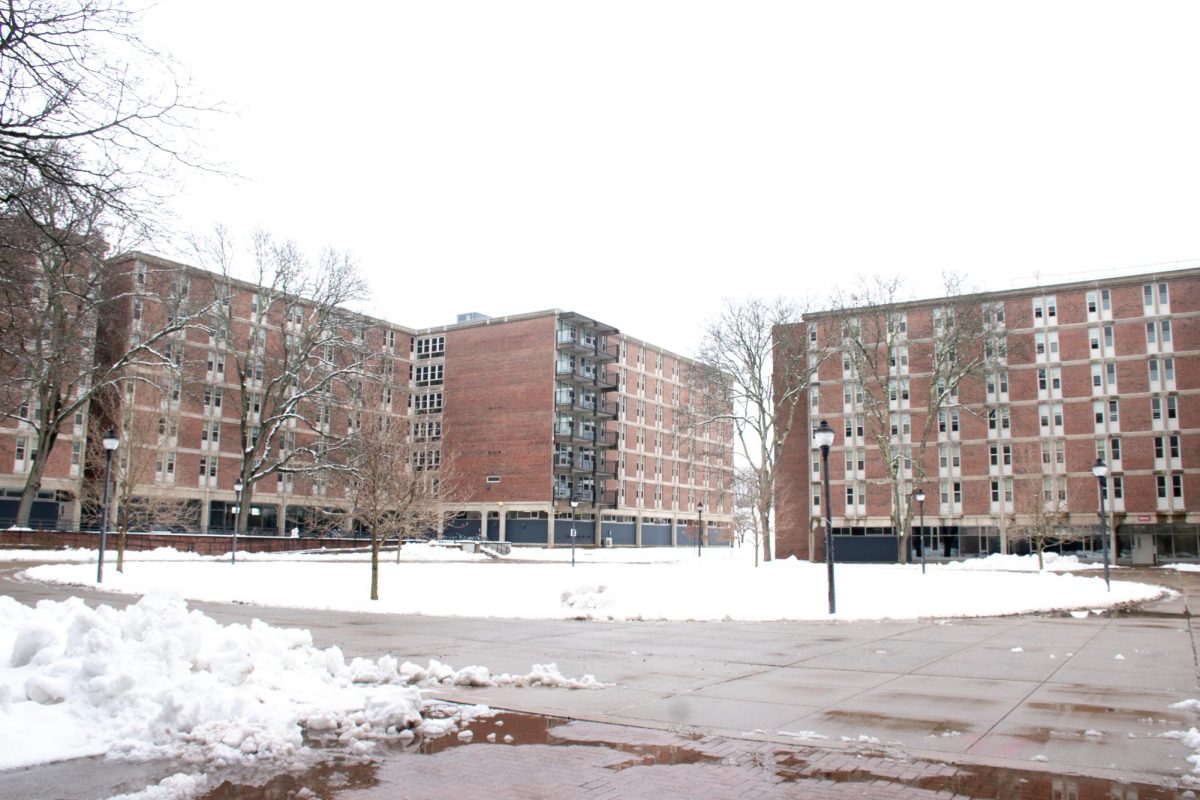Having a car on campus is a real privilege, and this semester I finally got to experience the joys of no longer having to commute on overcrowded buses to go to Target or buy groceries. Being able to drive not only opened up a lot of opportunities and activities in the Five College area, but it also opened my eyes to a growing problem the University of Massachusetts has when it comes to road safety, particularly at night.
While picking up friends from a party, I noticed that a lot of the outer parts of campus aren’t illuminated at all, including East Pleasant Street, the areas surrounding the Southwest Residential Area parking lots and even a small section of the road wrapping around Sylvan Residential Area. Despite being on the outer edges of campus, these areas still have a lot of foot traffic, making the low visibility concerning. With past instances of students getting struck by drivers, UMass needs to act in making sure that all the far reaches of campus are safe by improving lighting on roadways.
Although you can make the argument that UMass is in a rural area and wooded regions typically don’t have street lights, I would argue that this is irrelevant when looking at the bigger picture. Rural neighborhoods typically don’t have street lights due to public infrastructure issues and electricity costs. The Amherst area is generally defined as rural, but I would not define the University itself as rural, as it is a densely populated area that has the money to illuminate zones on their property.
UMass is not some wooded road in the middle of nowhere; it is a college campus featuring an active night life that hosts32,229 students. Student travel at night is common and all levels of safety need to be taken into consideration, which is why the University needs to add street lights in these dark zones.
The visibility issues at UMass aren’t a recent development, and the glaring weaknesses have been made apparent by accidents over the past couple of years. In 2022, three students were struck by cars, resulting in the death of one of the students. To the University’s credit, they took some actions following the event to improve the safety at those sections of campus including adding speed bumps and crosswalk signals.
Beyond the danger it poses to drivers and pedestrians, low visibility zones also cause issues for wildlife. Animals will attempt to cross the road at night and end up posing a danger for drivers, or even worse, becoming roadkill. Trying to avoid striking an animal may force a driver to make unsafe maneuvers or actions like swerving or slamming on the breaks. However, striking the animal can also pose a danger as larger animals like deer can cause serious damage to cars and people.
While accidents in the areas described haven’t occurred as frequently, I don’t think UMass should wait for a student to get badly injured or killed to handle the visibility issues. We’ve heard countless stories of accidents, and read numerous articles about accidents on and around campus. I don’t want to have to see another tragedy for there to be change.
Not having good visibility across all sections of UMass poses a danger to drivers, pedestrians and wildlife that frequent the area. If our college prides itself in safety it should begin to take responsibility for all portions of campus by shining a literal light on the outer reaches. Students shouldn’t have to wait for a tragedy for their safety to be taken seriously. It’s time for UMass to light up the campus.
Lily Fitzgerald can be reached at [email protected]

